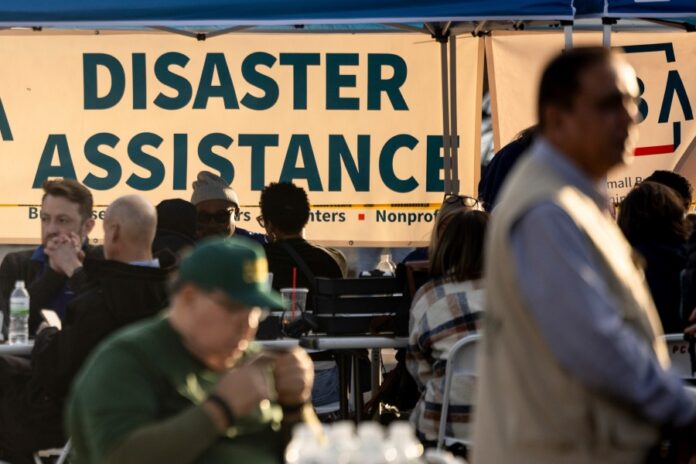
FEMA's Debris Cleanup Program: A Lifesaver for Southern California Wildfire Victims
Share
After the devastating wildfires in Southern California, many residents are left with the daunting task of cleaning up the debris left behind. Fortunately, FEMA's Debris Cleanup Program is here to help those affected by the fires get back on their feet.
What is FEMA's Debris Cleanup Program?
FEMA's Debris Cleanup Program is a vital resource for individuals and communities impacted by natural disasters, such as wildfires. The program provides funding and support for the removal and disposal of debris, including hazardous materials, to help restore affected areas to their pre-disaster condition.
How Does the Program Work?
Once a disaster is declared, FEMA works with state and local authorities to assess the extent of the damage and determine the need for debris cleanup assistance. Qualified individuals and communities can then apply for the program and receive funding to cover the costs of debris removal.
Why is it Important?
The aftermath of a wildfire can be overwhelming, with debris posing health and safety risks to residents. The Debris Cleanup Program plays a crucial role in helping communities recover by ensuring that hazardous materials are properly removed and disposed of, reducing the risk of further harm.
How Can Residents Benefit?
By taking advantage of FEMA's Debris Cleanup Program, residents affected by the wildfires can focus on rebuilding their lives and communities without the added burden of debris removal costs. This assistance can make a significant difference in the recovery process and help expedite the restoration of affected areas.
Overall, FEMA's Debris Cleanup Program is a lifeline for Southern California wildfire victims, providing much-needed support during a challenging time. By working together with federal, state, and local agencies, residents can begin the process of healing and rebuilding in the aftermath of a natural disaster.
